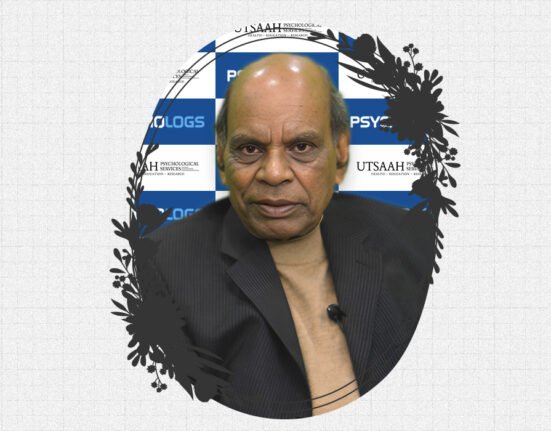Memory formation is one of the most fundamental processes performed by the brain, but the biological mechanisms involved are still not entirely understood. Recently, researchers at Harvard invented an imaging technique called EPSILON (Extracellular Protein Surface Labelling in Neurones), which enables them to trace the changes in individual synapses (the connections connecting neurons) during memory formation.
This new approach is an entirely original perspective on the molecular basis of learning. The focus of this research is an important protein in synaptic transmission called the AMPA receptor (AMPAR). The AMPAR is found on the surface of neurons and responds to signals released in the neurotransmitter glutamate. Learning forms an association that strengthens its signal between the neurons by adding AMPARS at specific connections in a process called synaptic plasticity.
While it has long been established that AMPARS play important roles in learning and memory, they have not been able to observe how they are able to move and engage in a live brain. EPSILON can help with that. To their astonishment, they found that there was increased AMPAR accumulation in the synapse after learning, which was particularly found in the hippocampus part of the brain, where memory is involved. Not only was this increased accumulation of AMPAR-specific changes, but it also remained consistently highly specific through numerous repetitions.
Read More: Memory 101: Understanding the Basics of Working Memory
This suggests that memory storage is reliant on structural changes within individual synapses, and the key to memory encoding is spatially located. EPSILON also showed how fast and accurately the synaptic changes occurred. Shortly after learning, AMPARS were redistributed to important synapses. The findings contribute to one of the oldest problems in neuroscience, which is still poorly understood: when learning occurs, how does the brain decide which synapses to put in revenue? The research is suggesting that the neurons can respond to activity by differentially directing AMPAR’s to different synapses, constructing a “memory trace,” as the researchers call it.
EPSILON allows researchers to track and label AMPAR’s at a precise moment in time. Now, the researchers can track the movement and accumulation of AMPAR’s in real time using two-photon microscopy and fluorescent tagging in living animals. Equally important, the research could also help to shape our understanding of conditions that impair memory formation in conditions like Alzheimer’s disease.
By understanding the normal processes that occur during synaptic plasticity and observing AMPAR’s behaviour during the learning process, the scientists can likely determine what goes awry with neurodegeneration, and what, if any corticoid options could be used as future therapy. Another study was done by Kim D et. al (2025) in order to map AMPA receptor (AMPAR) exocytosis, a stand-in for synaptic potentiation, in vivo. Researchers were able to create synaptic-resolution maps of AMPAR exocytosis in genetically targeted neurons during memory formation by employing sequential pulse-chase labelling of surface AMPARs with membrane-impermeable dyes.
Read More: Can altered memory representations lead to biased eyewitness testimony in court trials
A synaptic mechanism for the formation of memory engrams was suggested by the study’s strong correlation between AMPAR exocytosis and cFos expression in CA1 pyramidal neurons during contextual fear conditioning. Ultimately, EPSILON is a brilliant and novel new stimulus that will allow neuroscientists to visualise memory formation at the molecular level, and with resolution that has not been available previously.
The precise observation of individual AMPAR dynamics pinpoints the specific synaptic change that will support the change, connecting everything that we know about how the brain economy works, and helping us potentially to discover new treatments for disorders of memory. This represents an important advance in understanding the fundamental linkages between molecular biology and complex cognitive functions like memory and learning.













Leave feedback about this